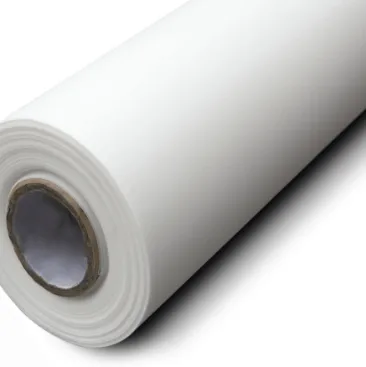Interlayer films are essential in many sectors, including the automobile, building, and electronics. These films are applied to laminated glass to improve its strength, impact resistance, and UV protection, as well as its performance and safety. Choosing the appropriate interlayer film are crucial to get the best performance and fulfill certain standards.
Laminated glass uses interlayer layers to improve its impact resistance, acoustic insulation, UV protection, and security. Select the proper interlayer film depending on your project's particular needs. Think about security, soundproofing, UV protection, energy efficiency, and attractive design.
For any glass project, picking the appropriate interlayer film is essential to achieving optimum performance, safety, and aesthetics. When choosing the right interlayer film, keep the following points in mind:
Determine the level of safety and security required for your project. Interlayer films can provide various levels of impact resistance and protection against breakage. If your project involves areas prone to severe weather conditions or high-security risks, consider interlayers that offer enhanced strength and post-breakage integrity.
Identify the specific performance properties you need for your glass project. Some common features include sound insulation, UV filtration, and thermal control. Depending on your requirements, choose an interlayer film that provides the desired level of acoustic dampening, UV protection, or energy efficiency.

Consider the desired appearance and visual effects of the laminated glass. Interlayer films are available in various colors, patterns, and transparency levels. You can choose a clear interlayer for a transparent result or opt for colored interlayers to create visual effects or match specific design requirements.
Different interlayer films are designed for compatibility with specific types of glass, such as annealed, tempered, or low-iron glass. Ensure that the interlayer film you choose suits the type of glass you intend to use in your project.
Check if the interlayer film meets relevant industry standards and certifications. For example, if you require a specific safety or impact resistance level, ensure that the interlayer film is certified accordingly. Compliance with building codes and regulations is crucial, particularly for projects in areas with specific safety or environmental requirements.
Research the reputation and track record of the interlayer film manufacturer. Look for companies with a history of producing high-quality products and providing reliable customer support. A reputable manufacturer can offer technical guidance, warranty coverage, and assistance selecting the right interlayer film for your project.
Evaluate the cost of the interlayer film and its impact on your overall project budget. While choosing a quality interlayer film is important, ensure that it aligns with your budget constraints. Compare prices from different suppliers while considering each option's performance and safety benefits.
You can pick the ideal interlayer film that satisfies the needs of your particular project in terms of safety, performance, aesthetics, and spending limit. For additional advice, speaking with experts or business professionals is important, especially for challenging or sizable glass projects. Get in touch with E & N TECHNOLOGY to order interlayer film you need.